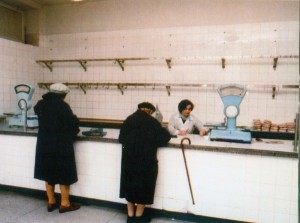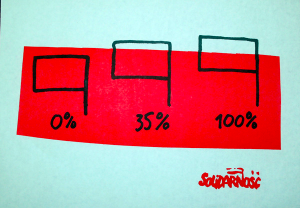Apr 04 2014
The City of Havel
As this month began my research turned in different directions. My reading of the Kriseová and Keane biographies proceeded in the opposite order from what I outlined previously – which is to say in chronological order. Rather than beginning with the supposedly more detached account, I opted to read the first account followed by the second, because Keane very clearly acknowledged it was a reaction to an alleged hagiography by Kriseová.
The readings gradually led me to new sources. One initial source was the transcript of a 2007 interview by James Pontuso of Havel. Later I found an article reviewing rather critically both the Kriseová and Keane biographies. This article by Stefan Auer directed me to Václav Havel: Civic Responsibility in the Postmodern Age (2004), also by Pontuso, of which I will use a limited portion.
In turn I have added and discarded some sources. Guidance about how to narrow my focus allowed me to leave off a planned examination of several plays (The Garden Party, The Memorandum, Protest, and Largo Desolato). A collection of his selected writings from 1965-1990 and The Art of the Impossible (1997) give me greater access to Havel through a frequently employed translator, Paul Wilson, and allow me to be judicious about which writings to examine. The recollections of Havel in To the Castle and Back (2007) and his lengthy interview in Disturbing the Peace (1990) may be useful, but at this point are of secondary consideration.
At this point I have articulated my thesis and gone back to neaten and condense my introduction. Topics in his controversial presidential tenure I plan to analyze are (1) Lustration (2) the Velvet Divorce, (3) the 1993 Citizenship Law, as well as the early construction of his historical legacy. If circumstances permit I may also examine the leadership of Havel regarding the shift from the defunct Warsaw Pact to NATO and his competition for influence with Václav Klaus, but will try to remember not to let ambition get the better of me. My printed articles are organized by theme along with notes from other texts on notecards. There remain about a dozen journalistic articles for me to format for my bibliography. In short, I am grateful for a lot of helpful sources, and for the good advice to pare them down. The writing is coming along as the reading wraps up, and I look forward to some momentum this weekend.
Comments Off on The City of Havel

